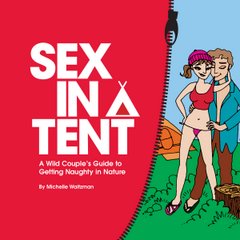 The hillsides of Wellington's bush are a deceptively cheerful yellow these days, thanks to the flowering of New Zealand's most visible weed - gorse. Gorse is not just an eyesore, it's a thorny, dense shrub that makes bush-bashing next to impossible, creeps out onto tracks to poke at passers-by and strangles out the lovely native shrubs and grasses that once covered these bush areas.
The hillsides of Wellington's bush are a deceptively cheerful yellow these days, thanks to the flowering of New Zealand's most visible weed - gorse. Gorse is not just an eyesore, it's a thorny, dense shrub that makes bush-bashing next to impossible, creeps out onto tracks to poke at passers-by and strangles out the lovely native shrubs and grasses that once covered these bush areas.As with most of New Zealand's pests, early European settlers are to blame. I can't imagine a world where people would look at gorse bushes and say "Hey, these would make a nice hedge. Let's take some seeds overseas with us." And though my imagination fails me, that's precisely what happened just under 200 years ago.
Gorse is a uniquely talented weed, producing around 8000 seeds per bush per year. And if conditions are not great that year, well those seeds can hang around for up to 30 years before they decide to take root.
Anyway, gorse was a constant companion on Saturday while G and I went on a short day hike in Belmont Regional Park. It was not a great day for hiking - overcast and drizzly. But it was still good to get out and work our winter-weary legs a bit. We didn't have any spectacular views since the clouds were hanging low around the hills, but we did come across this lovely lounge suite made from the stumps of felled pine trees. Complete with armchair, ottoman and side tables!
 In fact, there was an entire hill covered in pines, I assume planted originally as a forestry crop, many of which had been cut down and left on the hillside. This is happening in several places around Wellington, where pines were planted because they are fast-growing and prevent the hills from eroding. But now those pines are getting old and becoming unstable, so they are a worry in areas with a lot of walkers around. Hence the cutting.
In fact, there was an entire hill covered in pines, I assume planted originally as a forestry crop, many of which had been cut down and left on the hillside. This is happening in several places around Wellington, where pines were planted because they are fast-growing and prevent the hills from eroding. But now those pines are getting old and becoming unstable, so they are a worry in areas with a lot of walkers around. Hence the cutting.






No comments:
Post a Comment